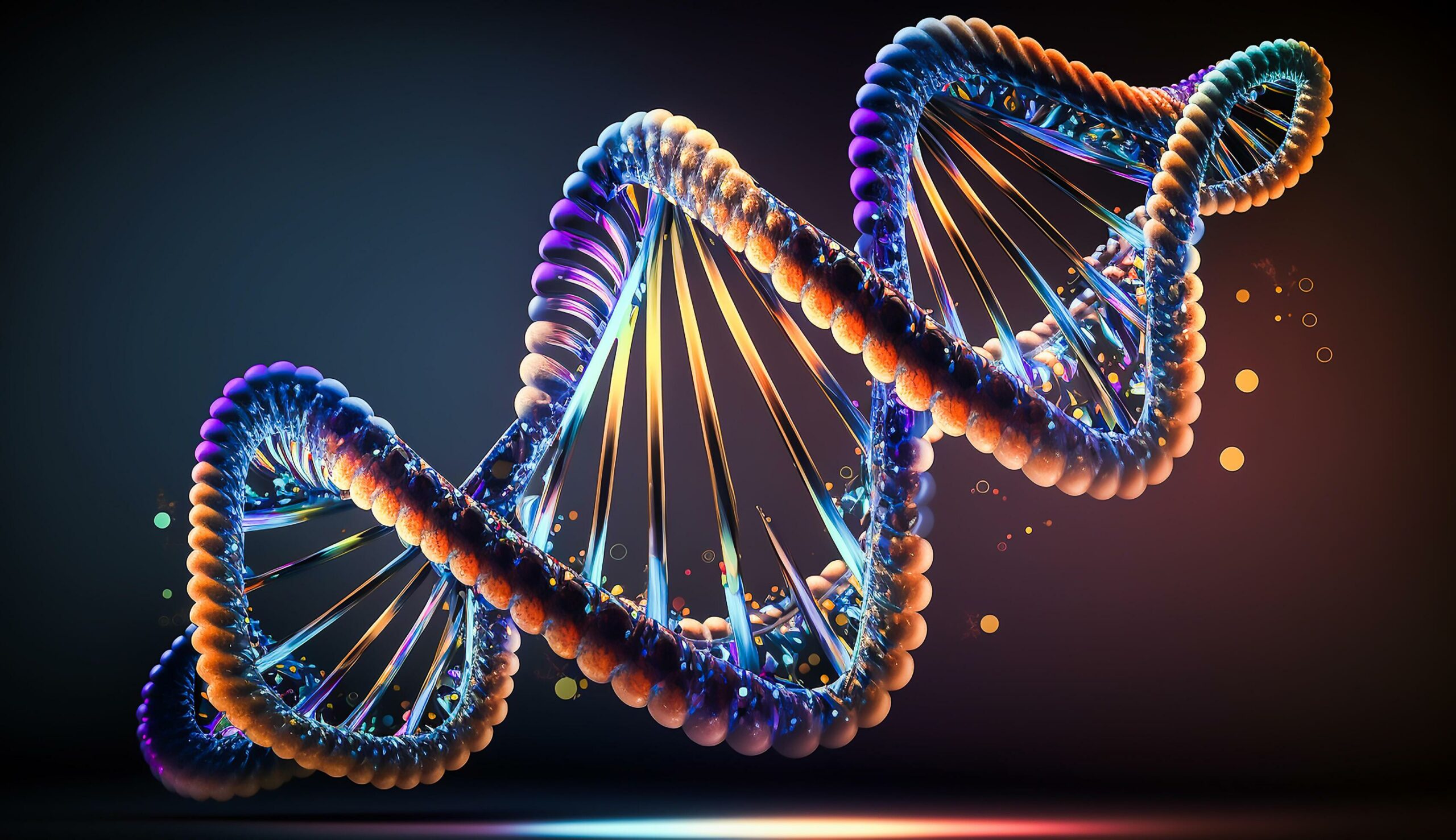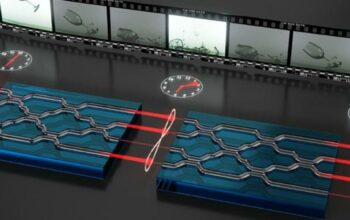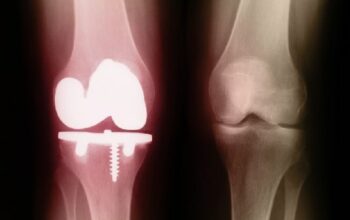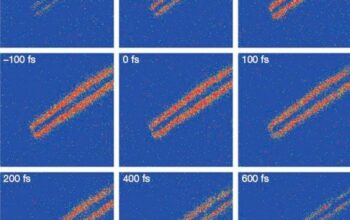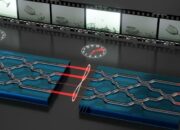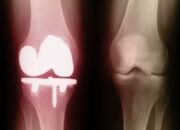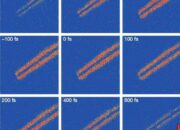Within the realm of molecular biology, DNA has transcended its quintessential role as the carrier of genetic information. It has emerged as a versatile toolkit for constructing complex nanostructures, revealing unprecedented possibilities in various fields, including biotechnology, nanotechnology, and materials science. This article delves into the multifaceted applications of DNA in the realm of nanostructure construction, highlighting various methodologies, implications, and emerging technologies.
The intricate architecture of DNA provides the fundamental building blocks for nanoscale fabrication. Its self-assembling nature and ability to form specific interactions with complementary strands allow for the design of sophisticated structures with high precision. By exploiting Watson-Crick base pairing, researchers can engineer DNA strands that autonomously organize into desired configurations, forging the foundation for molecular devices, drug delivery systems, and biosensors.
One of the predominant methodologies employed in DNA nanostructure construction is DNA origami. This technique harnesses a long single-stranded DNA molecule, which is meticulously folded into predetermined shapes through the strategic incorporation of shorter staple strands. The beauty of DNA origami lies in its ability to create intricate two-dimensional or three-dimensional geometries, ranging from simple rectangles to complex shapes resembling delicate flowers or intricate 3D objects. Each design can be tailored to meet specific functional requirements, such as targeting cancer cells or housing fluorescent probes for imaging.
Furthermore, the programmability of DNA allows it to serve as a template for the assembly of nanoparticles. Through a process known as enzyme-linked immunosorbent assay (ELISA), researchers have demonstrated the capacity to functionalize DNA with metallic nanoparticles, thus facilitating the formation of hybrid materials that exhibit enhanced electronic, optical, or catalytic properties. This convergence of biological and synthetic materials heralds a new avenue in nanotechnology, where the selective assembly of nanoparticles based on DNA sequences can yield innovative applications in sensing and diagnostics.
Another compelling application of DNA as a toolkit lies in its use in the fabrication of DNA nanomachines. These nanoscale devices can emulate biological functionality, such as molecular transport or signal transduction, through conformational changes elicited by environmental stimuli. Various designs have been reported, including DNA walkers that traverse along a track of complementary DNA and DNA nanobots capable of responding to specific biomolecular cues. This innovative utilization of DNA not only paves the way for novel therapeutic interventions but also enhances our understanding of molecular dynamics at the nanoscale.
The implications of utilizing DNA in nanostructure assembly extend far beyond academic pursuits; they possess significant potential for real-world applications. For instance, in the realm of drug delivery, DNA nanocarriers are being developed to encapsulate therapeutic agents and ensure their controlled release at targeted sites. By adorning DNA with tumor-specific ligands, it is possible to enhance the accuracy of drug delivery systems, thereby minimizing off-target effects and improving therapeutic efficacy. This targeted approach holds promise for treating a myriad of diseases, including cancer, where precision is paramount.
Moreover, the intersection of DNA nanostructures and diagnostics is another exciting frontier. DNA-based biosensors exhibit extraordinary sensitivity and specificity, enabling the detection of pathogens or biomarkers at unprecedented levels. For example, innovations such as DNA-based lateral flow assays are revolutionizing point-of-care diagnostics, facilitating rapid and reliable results in a variety of healthcare settings. The inherent programmability of DNA allows for the design of biosensors tailored to respond to specific analytes, paving the way for personalized medicine.
Collaborative efforts between academia and industry are critical to advancing the utility of DNA nanostructures. The integration of synthetic biology with nanotechnology has the potential to inspire a new generation of materials and devices. Initiatives aimed at fostering interdisciplinary research can catalyze innovation, bridging the gap between fundamental discoveries and practical applications. As the landscape of DNA nanotechnology continues to evolve, it is essential to establish ethical guidelines that address the implications of such advancements, particularly in fields like medicine and environmental sustainability.
Nonetheless, challenges persist in realizing the full potential of DNA as a toolkit for nanostructure fabrication. One pressing obstacle lies in the scalability of production methods, as the intricate procedures required for DNA origami and related techniques often entail significant time and resources. Developing methods for large-scale synthesis of DNA nanostructures will be imperative for their commercialization. Moreover, stability issues related to environmental conditions, such as temperature and pH, must be carefully considered to ensure the robustness of DNA-based devices.
In conclusion, the evolution of DNA from a mere genetic blueprint to a dynamic toolkit for nanostructure assembly represents a paradigm shift in multiple scientific disciplines. Through methodologies such as DNA origami, nanoparticle assembly, and the development of DNA nanomachines, researchers are paving the way for innovative technologies that can revolutionize medicine, diagnostics, and materials science. While challenges remain, ongoing interdisciplinary research and collaboration are essential to unravel the immense potential embedded within DNA-based nanostructures. The future promises to unveil extraordinary possibilities that will likely redefine the boundaries of science and technology as we know them.
